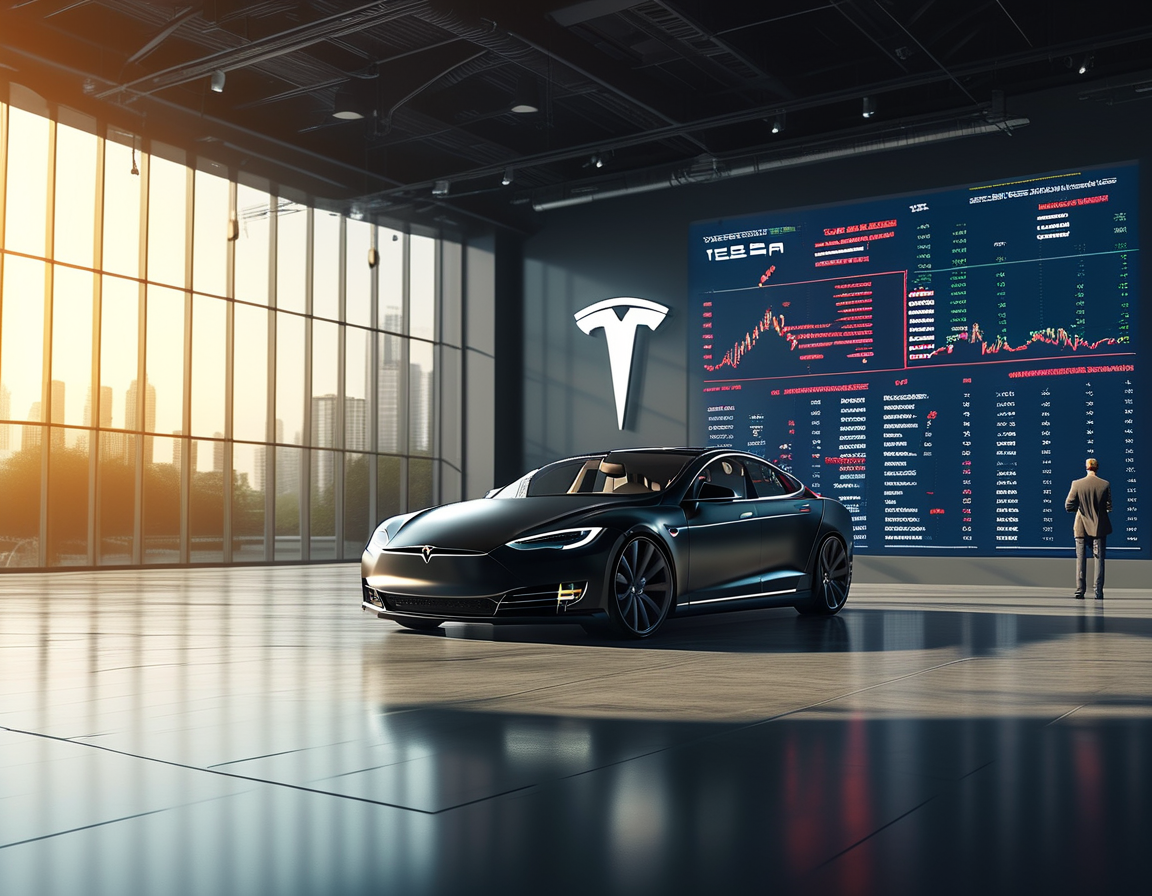The Financial Discrepancy
Tesla has found itself in a bewildering predicament. The company faces a colossal $1.4 billion gap between what it spent and the reported value of its assets. This gap was revealed in a recent report by the Financial Times, shedding light on a situation that alarms investors. With Tesla’s market valuation plunging from $1.7 trillion to below $800 billion, many are left wondering about the sustainability of this electric vehicle giant.

In the last half of 2024, Tesla spent approximately $6.3 billion on property and equipment acquisitions. Yet, their balance sheet reflects only a $4.9 billion increase in the gross value of property, plant, and equipment during the same timeframe. This significant mismatch raises eyebrows. How can such a reputable company present such an inconsistency in capital expenditure reporting? This question gnaws at the minds of both analysts and everyday investors.
The broader implications of this discrepancy are troubling. It not only prompts concerns about financial transparency but also evokes speculation surrounding Tesla’s asset valuation practices. What else might be lurking beneath the surface that we don’t know? As Tesla pursues its ambitious vision, it must confront these pressing questions head-on.
Cash Reserves and Debt

Surprisingly, despite boasting substantial cash reserves of $37 billion, Tesla opted to borrow an additional $6 billion in new debt throughout 2024. Many question this choice, especially for a company that appears to have cash flowing abundantly. Why take on more debt? Investors seek clarity here.
In a world where financial prudence is paramount, this decision raises red flags. The rationale behind borrowing, when cash reserves seem ample, adds an extra layer of complexity. Could it be an aggressive expansion strategy? Or is there something deeper at play? The ambiguity of this choice lingers in the air.
As we gauge Tesla’s financial health, we must consider how this debt impacts overall stability. Will it contribute to long-term growth, or is it a sign of deeper financial troubles? Investors are keenly observing how Tesla will navigate this tricky landscape.

Investment Ambitions
Tesla isn’t resting on its laurels, despite current challenges. The company has grand plans, earmarking at least $11 billion for investments in artificial intelligence, robotics, computing, and battery technology over the next several years. These investments are deemed crucial for sustaining long-term growth and remaining competitive.
By committing to these ambitious projects, Tesla aims for innovation and market dominance. But one must wonder: can this ambitious approach coexist with financial stability? Investors brace themselves for the impacts of these investments on Tesla’s bottom line.
The balance between aggressive expansion and financial prudence is delicate. As Tesla navigates this path, the hope is that their forward-thinking strategies will pay off in the end. But uncertainty looms large. The question remains, will these investments ultimately strengthen Tesla’s financial position or amplify existing concerns?
Investor Concerns
The discrepancy in capital expenditures, combined with Tesla’s diminishing market valuation, has left investors on edge. They ponder whether the company’s swift expansion means financial opacity. Critics argue that such rapid growth might mask deeper issues. Why the feeling that something may be amiss? Could other factors be influencing this scenario?
As earnings reports roll in, eyes fixate on how Tesla will communicate these challenges. Transparency, now more than ever, is crucial. Investors yearn for reassurance that their stakes are secure. Amid growing apprehension, analysis reveals that confidence in Tesla could waver if clarity isn’t provided.
In this precarious financial landscape, the stakes are high. Stakeholders are eager to witness how Tesla addresses these concerns while progressing with its ambitious goals. The resolution of the financial discrepancy will be pivotal in influencing future investment and keeping confidence stable.
Conclusion
Tesla’s journey forward remains shrouded in intrigue. The company, caught between ambitious growth and glaring financial discrepancies, has a road ahead that demands careful navigation. Through innovation, investment, and transparency, Tesla might build a path toward financial resilience.
However, the outcome of this financial odyssey is uncertain. Investors will be watching closely. Will Tesla emerge stronger, or will these challenges hinder its meteoric rise? The answers lie ahead, and all eyes are on this electric powerhouse.
Leave a Comment